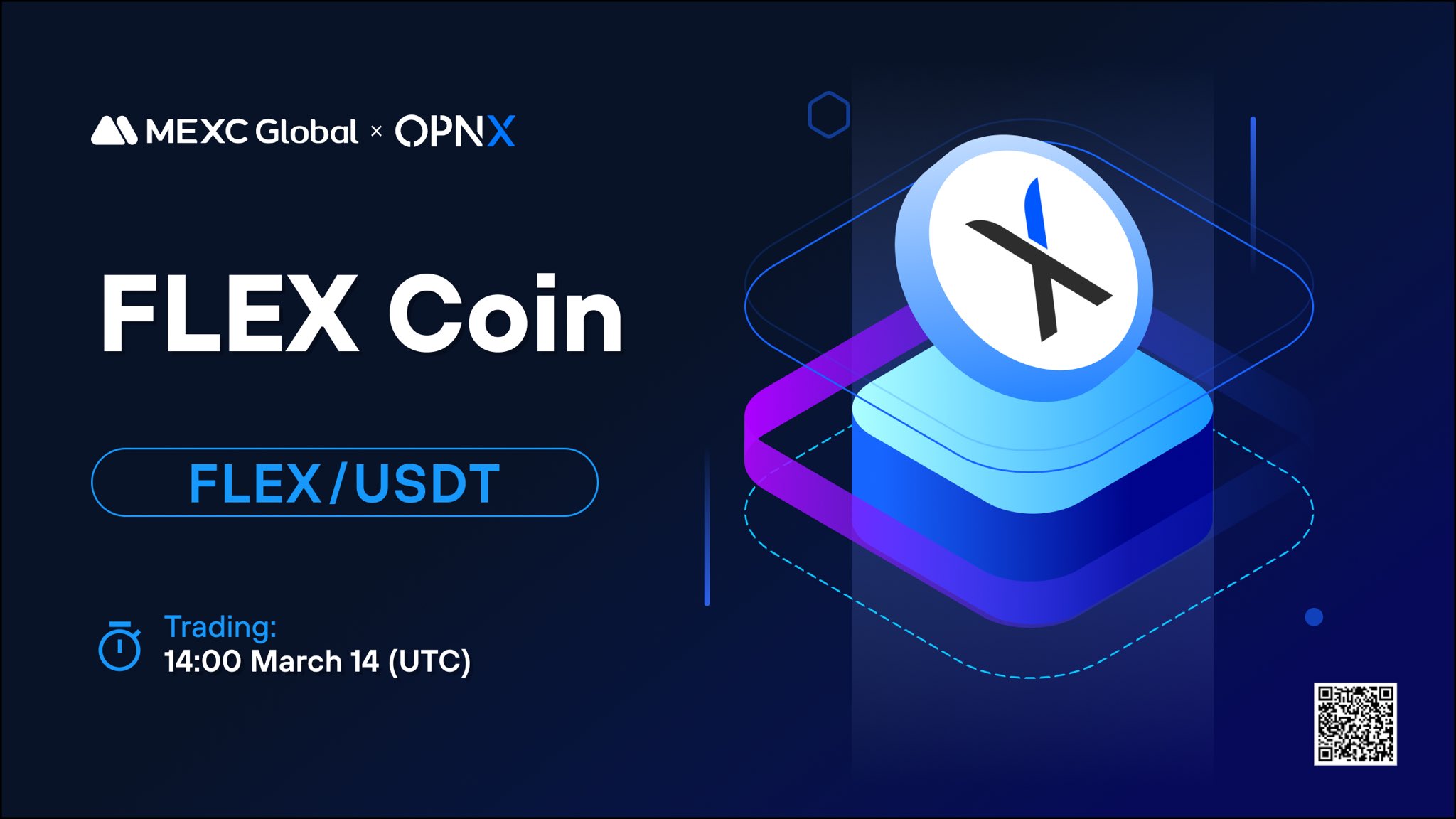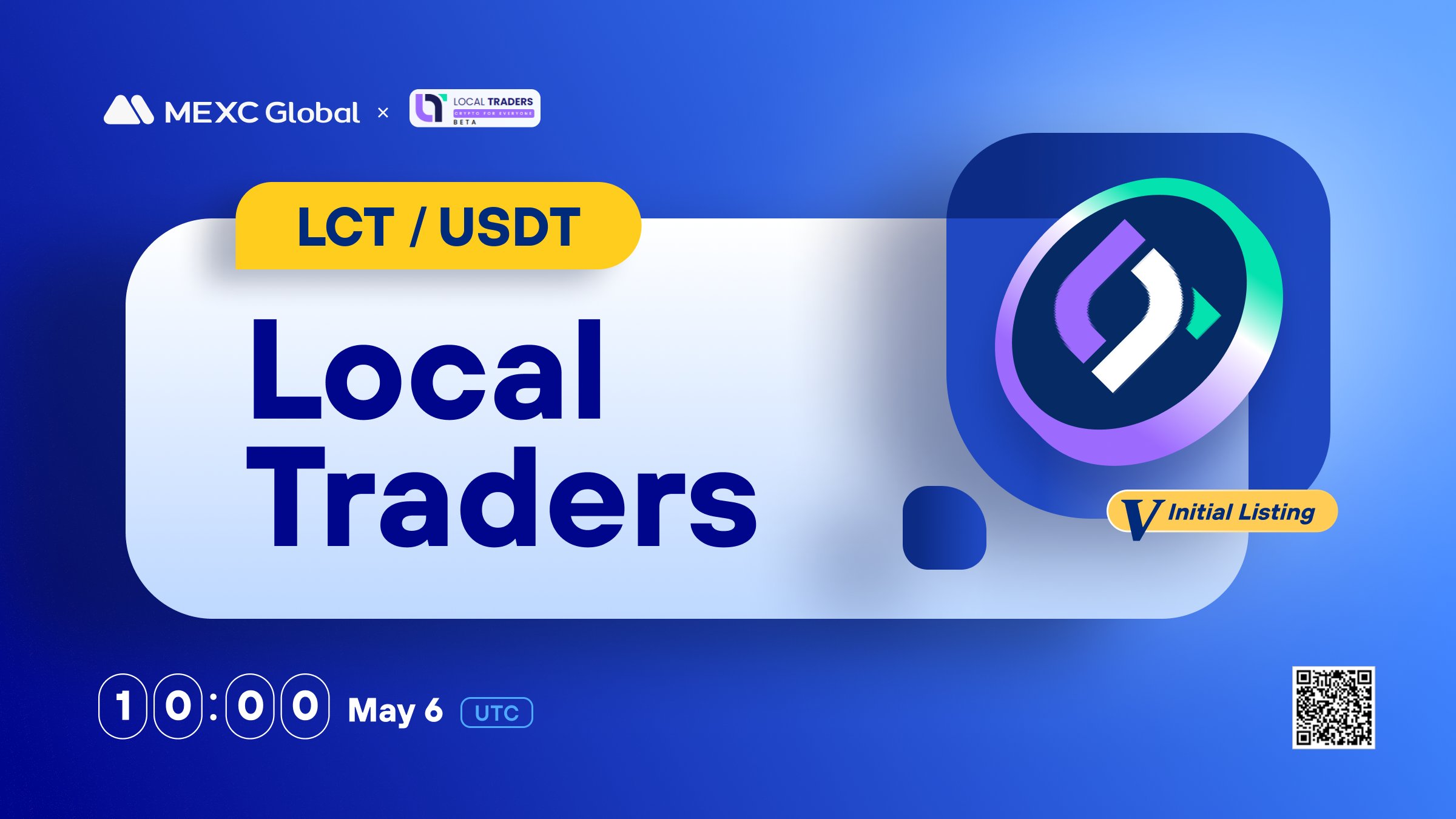Pocket Network or POKT coin (POKT/USDT – Trade it here) is the TCP/IP of Web3 node infrastructure – a multi-chain relay protocol that incentivizes RPC nodes to provide DApps and their users with unstoppable Web3 access. Let’s explore the core features and overall tokenomics of Pocket Network (plus how to buy POKT and earn it on MEXC). Basic information for their token is available on the MEXC Digital asset introduction page.

Pocket Network Core Features and Ecosystem
POKT posits that application-specific blockchains like Pocket Network have the ability to design greater cost efficiencies at the base protocol layer of the Web3 stack while enhancing security and censorship resistance.
Pocket achieves this through an incentive design that rewards Service Nodes for collectively achieving economies of scale:
Load balancing at the protocol level
Pocket’s distributed nature makes it redundant by design, removing the need for node operators to provide extra infrastructure to handle surges in user traffic. Web2 cloud-powered infrastructure requires large buffers of redundant server capacity, which can increase the costs of coordination borne by Web3 users by up to 50%. Conversely, instead of one entity providing all the work, Pocket Network naturally splits demand up amongst Service Nodes through its Session data structure, tumbling new, pseudo-random nodes every Session to give all Service Nodes the opportunity to provide work. As a result, the buffer that each Service Node must provide is significantly lower. Additionally, because Applications must stake POKT to access the service, Service Nodes can account for all potential requests paid for in aggregate, using Application Stake as a gauge of network capacity.
Staking and inflation
Pocket uses Proof-of-Stake (PoS) to secure the state machine. It falls under the umbrella of generalized mining or useful proofs of work. The inflation is also directly tied to work that the network validates. Applications stake just once to access the protocol (assuming they don’t change their throughput), using the native cryptocurrency POKT. Service Nodes batch all requests received in a Session to one Pocket blockchain transaction, a “Proof-of-Relay” that Applications can validate client-side and other nodes can validate in block production, removing the need for Applications to pay constant transaction fees for this work. Once those Proofs-of-Relays are validated by the network, a new block is confirmed. Then, POKT is minted and issued to the relevant Service Nodes as a reward for their work.
Pocket’s staking and inflation mechanisms enable a more efficient resource allocation structure by limiting the number of transactions (and thus blocking validation costs) to one-time staking transactions. All nodes are able to focus primarily on servicing and validating Relay requests by Applications, with minimal energy spent on block validation. By being eventually consistent and tying rewards directly to inflation, Service Nodes are in effect, receiving micropayments for work validated by two parties without the need for constant on-chain fee payments.
Low marginal costs and participation
The marginal cost of running an individual Service Node is only as high as your electricity and bandwidth costs, ensuring a low barrier to entry for new Service Node operators. Service Node does not increase the probability of receiving work. This is because the workload is evenly spread across the protocol, the stake, size, or capabilities. Thus, it enables hobbyists and small providers to participate and contribute alongside major infrastructure providers. As smaller Service Node operators scale up, they can then choose to bear the costs of hardware, equipment, and salaries needed to add more Service Nodes to their operation.
While the bulk of work will most likely be serviced by professional infrastructure providers, Pocket also enables a long tail of individuals to participate and increase the resilience of the protocol, with the potential for upward mobility for those who choose to purchase more Service Nodes.
Pocket ecosystem
The Pocket Network ecosystem is made up of popular applications, major funds, world-class devs & tool builders, DAOs, etc. Pocket provides RPC access to the long tail of blockchain networks. Everything from testnets to mainnets to any open-source interface. The network also rewards full nodes for the necessary work to keep public protocols secure and actually decentralized.
POKT Token
Pocket Network uses a native cryptocurrency (POKT) to create a permissionless, two-sided market between node providers who run full nodes and developers that want to query data from a blockchain for their application/service.
There are several unique features of Pocket Network’s token:
- “Useful Proofs of Work”
Pocket uses Proof-of-Stake (PoS) to secure the state machine and falls under the umbrella of generalized mining or “useful proofs of work.” Submitting proofs of work mints POKT in proportion to the amount of work completed increasing the overall supply of POKT. How this affects the overall supply is determined by the monetary policy.
- Transactions
Leader-elected nodes are rewarded for facilitating P2P transfers of POKT on the Pocket blockchain via a transaction fee. This is required for the security of the network to prevent spam or “dust” attacks. A transaction fee is paid by the individual or entity making a transaction, 99% of which is burned, and the remaining 1% is awarded to the leader-elected node for including transactions in the relevant block. The 1% fee provides an incentive for block producers to include transactions in the next block.
- Token Staking
There are two distinct types of stake functions within Pocket: StakeApp() and StakeNode(). Both stake functions use the POKT cryptocurrency. When they invoke the StakeApp() function, the minimum staking period is 21 days. By incurring the minimum unstaking period, Applications forego the potential of using their resources. POKT in this case, for other alternatives as an opportunity cost. Additionally, Applications pay through dilution. Each time a Relay is serviced and validated by the network, a specific sum of POKT is awarded to the relevant Service Nodes in the next block reward.
Recent Price & Performance of Pocket Network (POKT)
Currently, their market price is $0.07451 per unit. It has a market cap of $75,983,753 and a fully diluted market cap of $85,394,404. It also has a 24-hour trading volume of $595,755. You can check the live price of their token right here!
How to buy Pocket Network (POKT)
You can buy Pocket Network (POKT) on MEXC by following the steps:
- Log in to your MEXC account and click [Trade]. Click on [Spot].
- Search “POKT” using the search bar to see the available trading pairs. Take POKT/USDT as an example.
- Scroll down and go to the [Spot] box. Enter the amount of POKT you want to buy. You can choose from opening a Limit order, a Market order, or a Stop-limit order. Take Market order as an example. Click [Buy POKT] to confirm your order. You will find the purchased POKT in your Spot Wallet.
You can find a detailed guide on how to buy POKT token here.
Keep Yourself Updated With The Crypto Trend
Check out all of the listings in the Innovation and Assessment zones as well as the major tokens in the Main Zone – we have more amazing projects to come! What’s more, MEXC lists moonshots and offers access to trade major cryptocurrencies. Visit the Hot Projects section as well to uncover more featured popular tokens. Lastly, feel free to visit MEXC Academy to learn more about cryptocurrency!
Join MEXC and Start Trading Today!



